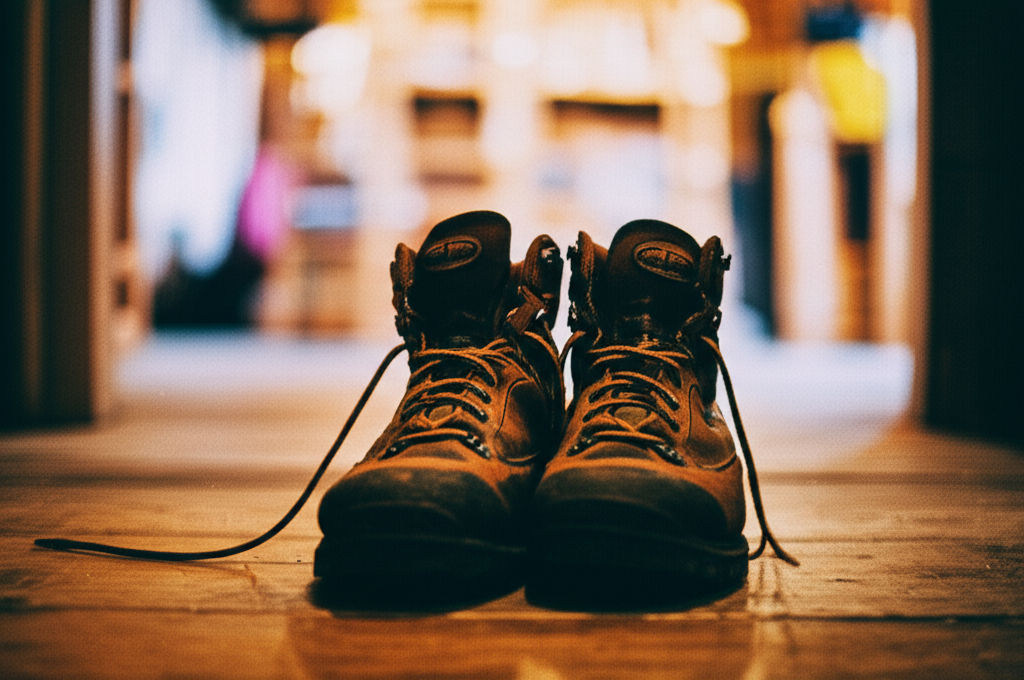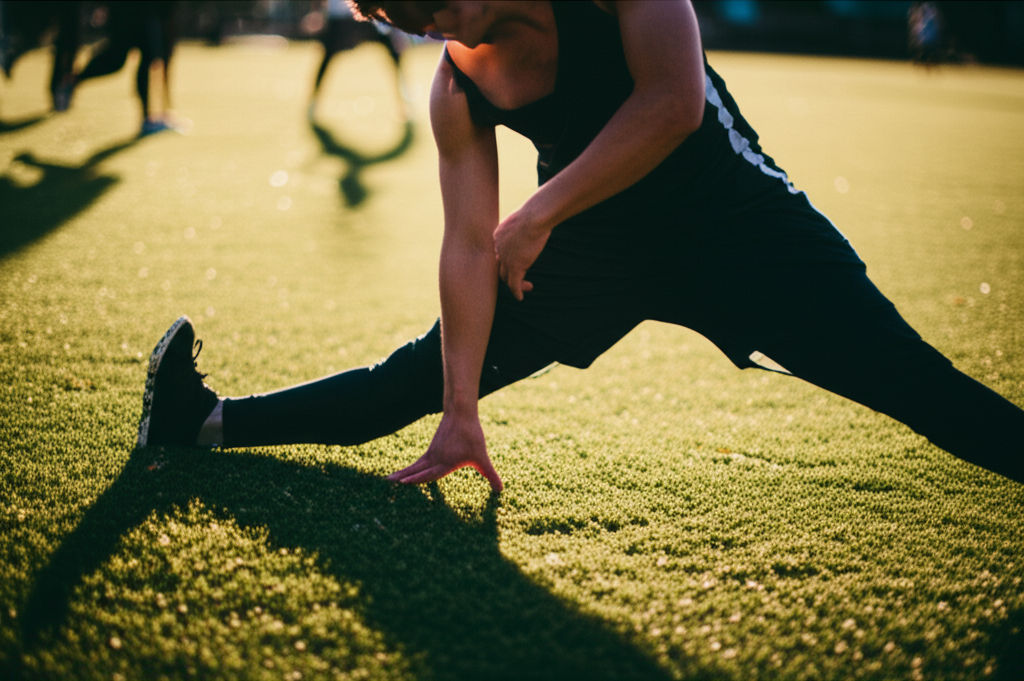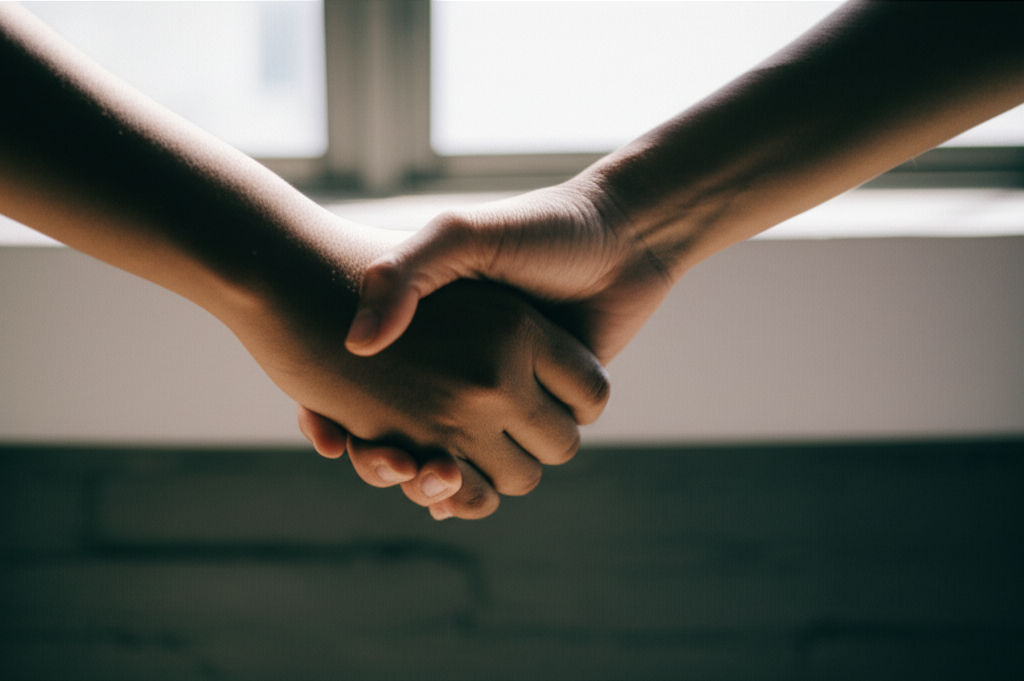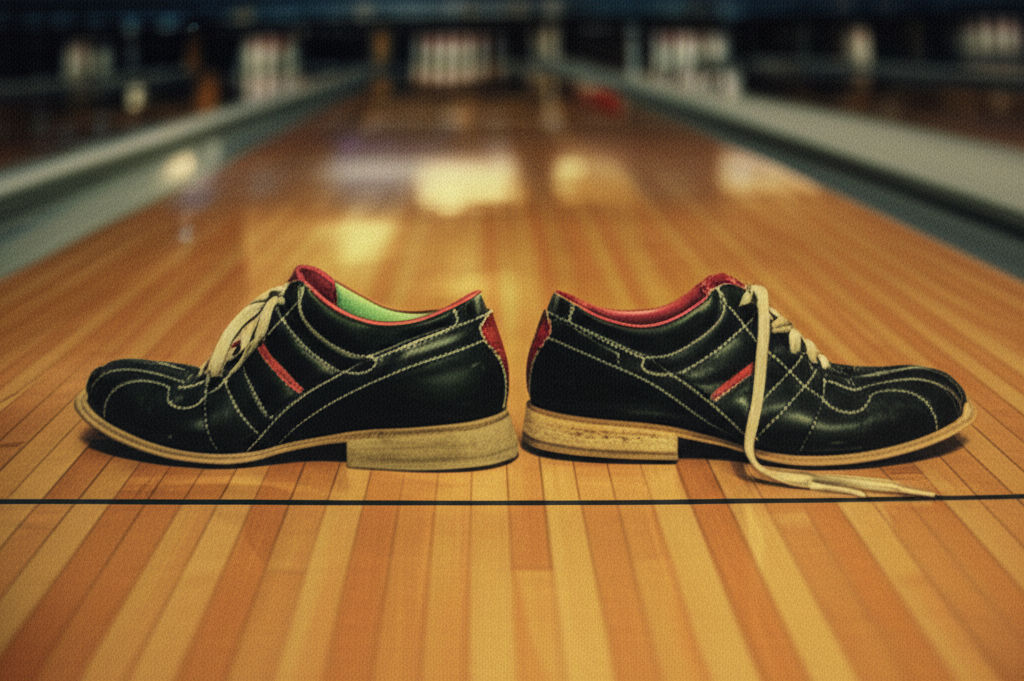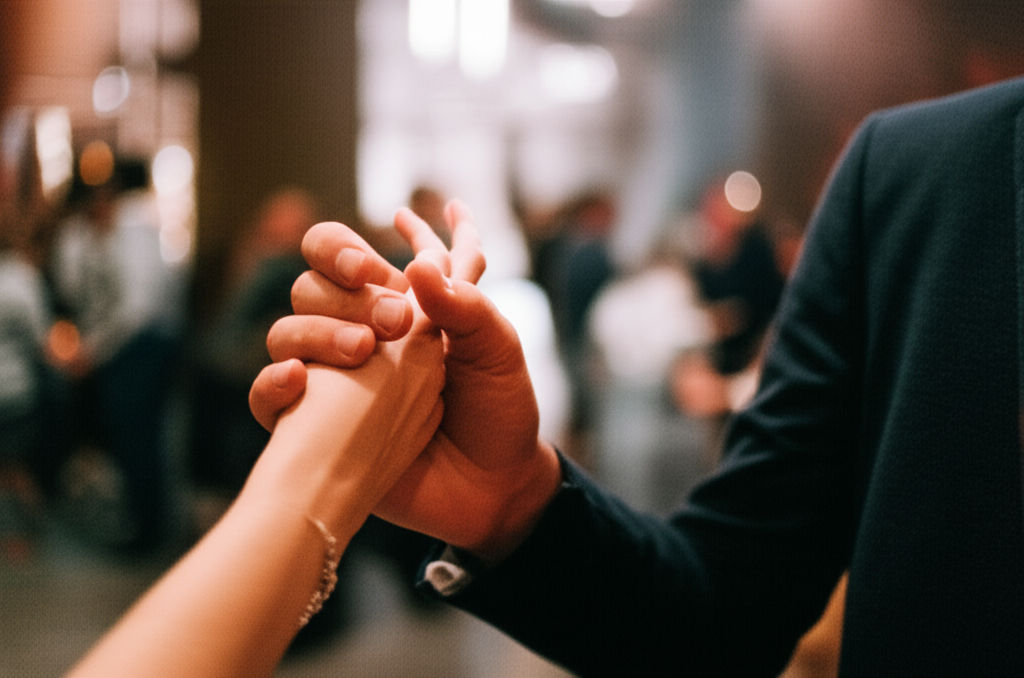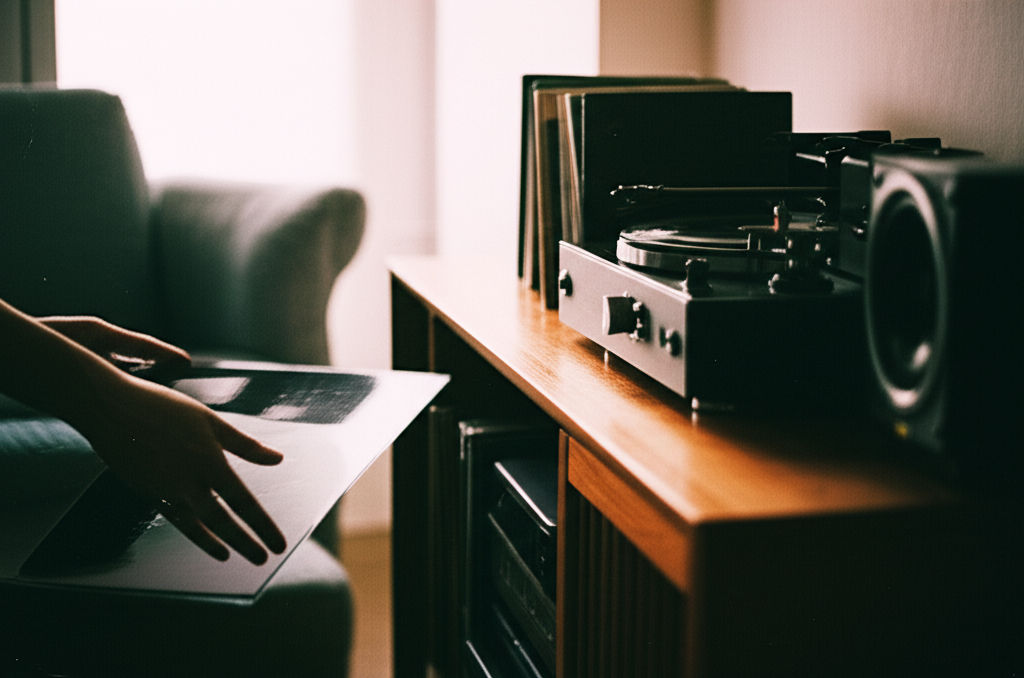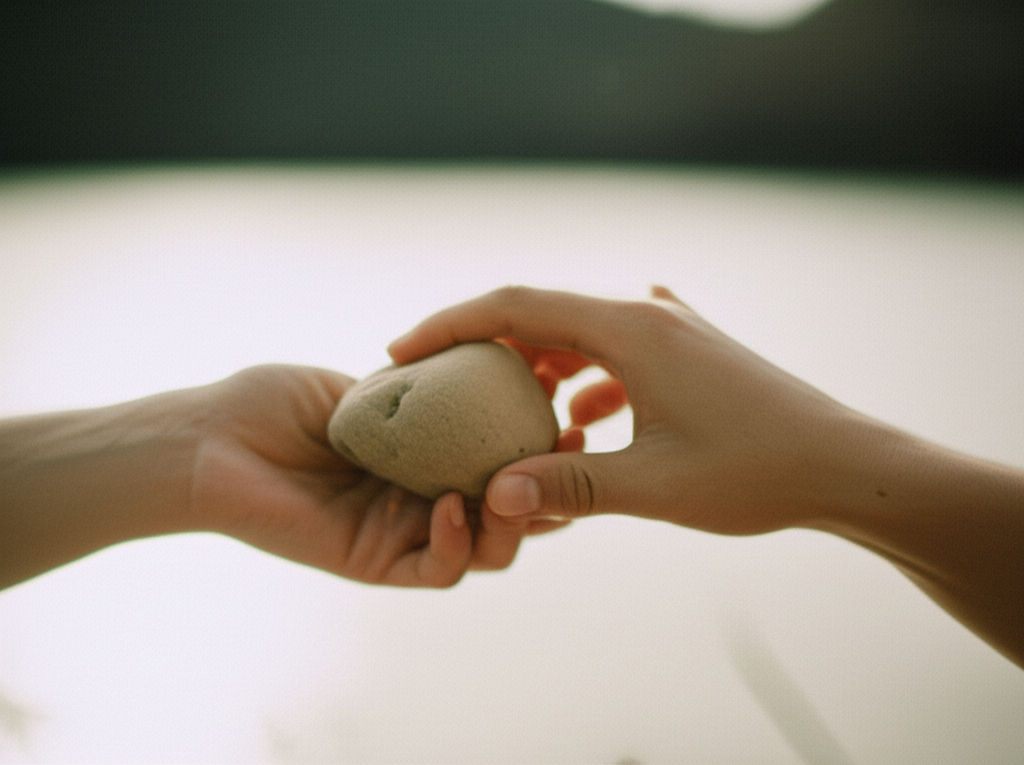Business Casual or Professional Outfit
Ikhsan Rizki

Photo: Confused by workplace dress codes? Master business casual & professional attire with this guide. Dress confidently for success!
Navigating the modern workplace dress code can feel like deciphering a secret language. Is it a suit-and-tie affair, or are smart jeans acceptable? The line between "business casual" and "business professional" often blurs, leaving many of us wondering, "What should I wear?"
If you've ever stood in front of your closet, contemplating whether that blazer is enough or if you need the full suit, you're not alone. This guide will demystify the nuances of business casual and business professional outfits, providing clear guidelines and actionable tips so you can confidently dress for success in any corporate setting.
Understanding the Core Dress Codes: Business Casual vs. Professional Outfit
The fundamental difference between business casual and business professional attire lies in their level of formality. Business professional is on the more formal end, while business casual offers a more relaxed yet still polished look.
What is Business Professional Attire?
Business professional attire is the most formal and conservative workplace dress code. It's typically reserved for industries like finance, law, government, and corporate management, or for high-stakes situations such as client meetings, board meetings, and job interviews where a strong, authoritative impression is crucial. This look exudes professionalism, authority, and sophistication.
For Men:
- Suit: A well-fitted, tailored suit in classic colors like black, navy, or charcoal gray is the cornerstone.
- Shirt: A crisp, long-sleeved dress shirt in white or light blue is standard.
- Tie: A conservative tie with a subtle pattern or solid color, properly tied.
- Footwear: Polished leather dress shoes such as Oxfords or Derby shoes in black or brown.
- Accessories: Minimal and classic, such as a watch or subtle cufflinks.
For Women:
- Suit: A tailored pantsuit or skirt suit in conservative colors like black, navy, or charcoal gray.
- Dress: A classic sheath or A-line dress in a solid color or subtle pattern, often paired with a matching blazer.
- Tops: Tailored blouses, button-down shirts, or sophisticated tops in classic colors (white, light blue, pastels).
- Footwear: Closed-toe heels (typically 3 inches or shorter), flats, or loafers.
- Accessories: Minimal jewelry, like stud earrings or a simple necklace. Nails should be well-manicured.
What is Business Casual Attire?
Business casual strikes a balance between professional polish and comfortable, relaxed style. It's the most common dress code in many modern offices, allowing for more flexibility and personal expression while maintaining a professional appearance.
For Men:
- Bottoms: Dress slacks, chinos, or khakis in neutral colors like black, navy, gray, or beige. Dark jeans without rips or tears may be acceptable in some workplaces.
- Tops: Button-down shirts (long or short-sleeved), polo shirts, or sweaters. Ties are usually optional.
- Optional Layers: A sport coat or blazer can elevate the look.
- Footwear: Loafers, Oxfords, Derby shoes, or clean, polished leather or canvas dress sneakers.
For Women:
- Bottoms: Dress pants (slacks, tailored trousers, chinos, or khakis), pencil skirts, A-line skirts, or knee-length to midi-length dresses. Dark, well-fitting jeans may be allowed in some environments.
- Tops: Blouses, dressy short-sleeved tops, turtlenecks, sweaters, or cardigans.
- Optional Layers: Blazers or cardigans.
- Footwear: Flats, low heels, loafers, Oxfords, or ankle boots. Some workplaces may permit professional open-toed shoes in summer.
- Accessories: Allows for more varied and expressive accessories than business professional, but still modest.
Key Differences and When to Wear What
The distinction isn't just about specific garments; it's about the overall formality, color palette, and even grooming standards.
- Formality Level: Business professional is the pinnacle of workplace formality, while business casual is a step down, offering comfort without sacrificing professionalism.
- Color Palette: Business professional often sticks to darker, conservative colors. Business casual allows for a broader range of colors, subtle patterns, and muted tones.
- Accessories: Business professional accessories are minimal and classic, whereas business casual permits more expressive choices.
- Grooming: While good hygiene is always a must, business professional typically implies stricter grooming standards.
When to choose each:
- Business Professional:
- Job interviews (especially if unsure of company culture – it's always better to be overdressed than underdressed).
- Formal client meetings or presentations.
- Corporate events or industry conferences.
- Workplaces in conservative industries (e.g., finance, law, government).
- Business Casual:
- Everyday office wear in less formal corporate environments.
- Internal meetings.
- Casual Fridays (in more formal workplaces).
- Networking events (less formal ones).
- Workplaces in creative or tech industries.
Navigating Office Culture and Dress Codes
Understanding your company's unwritten dress code is just as important as knowing the formal definitions. What's considered "business casual" can vary significantly by company, industry, and even region.
- Observe Your Colleagues: The simplest way to gauge the dress code is to look at what your superiors and colleagues wear daily. Do they wear jeans? Are blazers common?
- Research the Company: Check the company's "about us" page or social media for photos of employees. This can offer visual clues.
- Ask HR or Your Manager: If you're still unsure, especially before a new job or important event, it's perfectly appropriate to ask HR or your hiring manager for clarification on the dress code.
- Dress One Level Up for Interviews: A common rule of thumb for interviews is to dress one level above what employees typically wear. If the office is business casual, aim for business professional.
Common Dress Code Mistakes to Avoid
Even with clear guidelines, it's easy to make missteps. Here are some common pitfalls:
- Ill-Fitting Clothes: Regardless of the dress code, clothes that are too tight, too baggy, or too short can detract from a professional image. Ensure your garments are well-tailored and pressed.
- Overly Casual Items: Unless explicitly allowed, avoid T-shirts, athletic wear, flip-flops, overly distressed jeans, or revealing clothing.
- Distracting Elements: Keep jewelry minimal and avoid anything clunky or noisy. Steer clear of overly bright colors or busy patterns that might distract.
- Poor Grooming: A polished outfit loses its impact if personal hygiene and grooming are neglected. Ensure your hair is neat, and nails are clean.
Conclusion
Mastering the art of the business casual or professional outfit isn't about rigid rules, but about understanding context and making informed choices. By recognizing the key differences, observing your workplace culture, and focusing on well-fitting, polished attire, you can confidently present yourself in any professional setting. Remember, your clothing is a visual cue that communicates your respect for the environment and your commitment to professionalism.
What's your go-to outfit when you're unsure about a workplace dress code? Share your tips in the comments below!
Frequently Asked Questions
Q1: Can I wear jeans for business casual?
A1: It depends on the specific workplace culture. While some companies allow well-fitting, dark-wash jeans without rips or tears for business casual, others do not. When in doubt, it's safer to opt for chinos, khakis, or dress slacks.
Q2: Is it better to be overdressed or underdressed for an interview?
A2: For a job interview, it is almost always better to be overdressed than underdressed. If you're unsure of the company's dress code, opting for business professional attire shows respect and seriousness for the opportunity.
Q3: What colors are generally safe for professional attire?
A3: Neutral and understated colors like black, navy, charcoal gray, beige, and white are generally considered safe and appropriate for both business professional and business casual settings. Pastels and muted tones can also work for business casual.
Q4: Are open-toed shoes acceptable in business casual environments?
A4: While closed-toe shoes are generally preferred for professional settings, some business casual workplaces may permit professional-looking open-toed shoes (like peep-toe heels or dressy sandals) during warmer months. It's best to observe what others in your office wear.
Business
View All
November 19, 2025
Why Deloitte Is Laying Off ConsultantsUnderstand why Deloitte is laying off consultants. Economic headwinds, post-pandemic overhiring, and shifting client needs are key factors.
Ikhsan Rizki

August 11, 2025
Review of HON Office FurnitureChoosing office furniture? Our HON review covers reliability, affordability, and who it's best for, helping you pick the right fit for your workspace.
Ikhsan Rizki
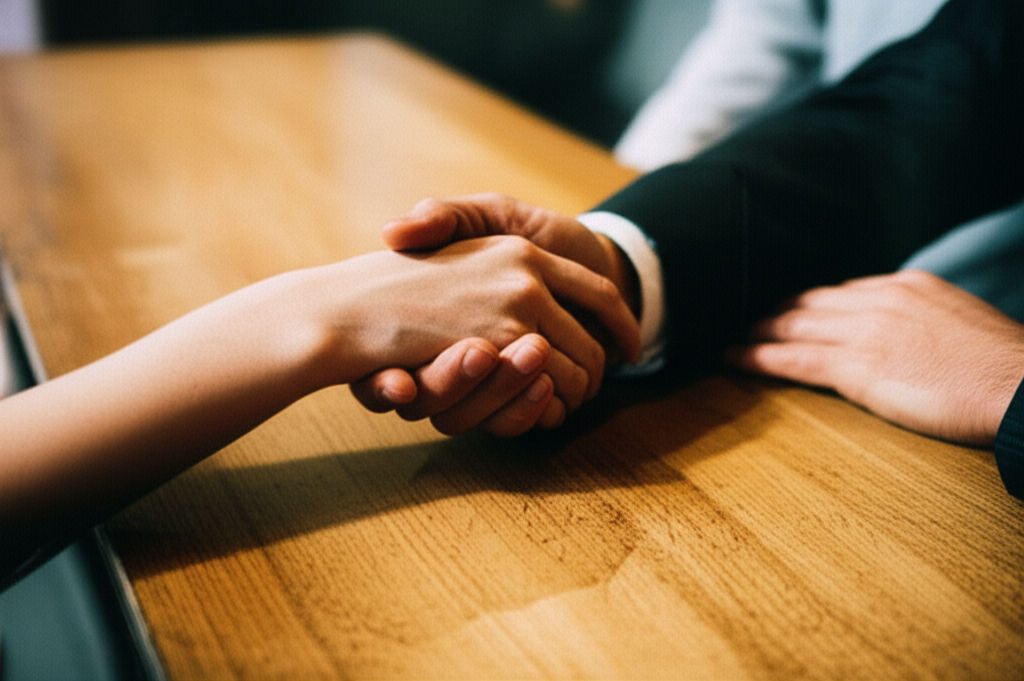
August 31, 2025
Best Ways to Find Costco Coupons in 2025Unlock maximum Costco savings in 2025! Discover how to find Instant Savings, use the app, and get email deals for ultimate discounts.
Ikhsan Rizki
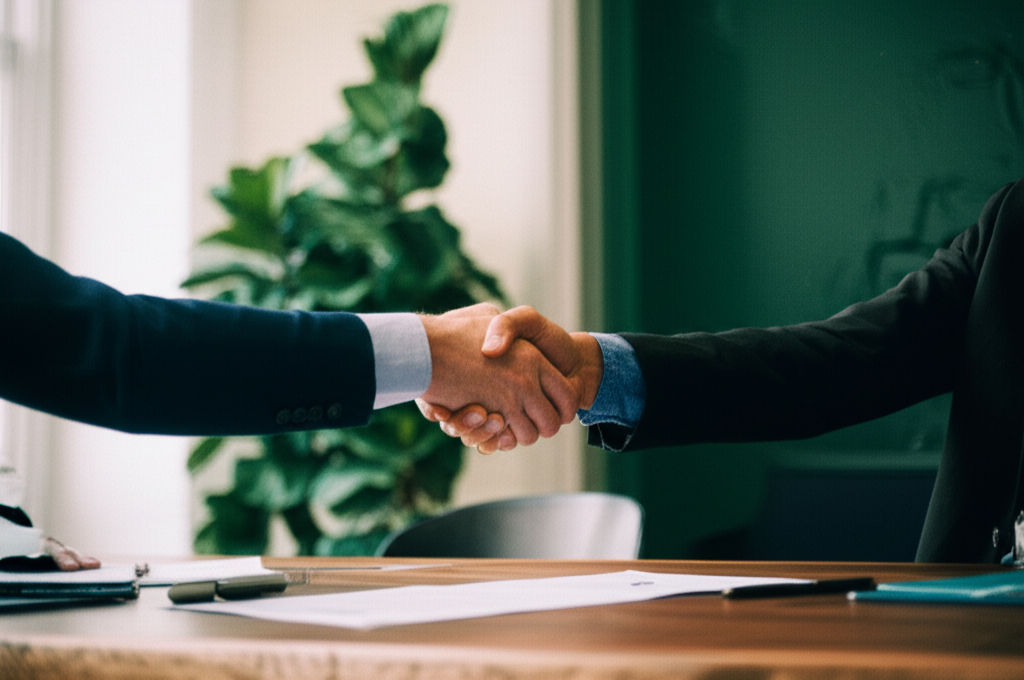
November 5, 2025
Virginia Business Search Made EasyUnlock Virginia business info effortlessly! Our guide simplifies SCC searches for name availability, due diligence, and company details. Get reliable results.
Ikhsan Rizki

August 14, 2025
Business Lessons from Busy SpiderUnravel the secrets of success! Discover how a spider's strategic web design, persistence, and efficiency can transform your business.
Ikhsan Rizki
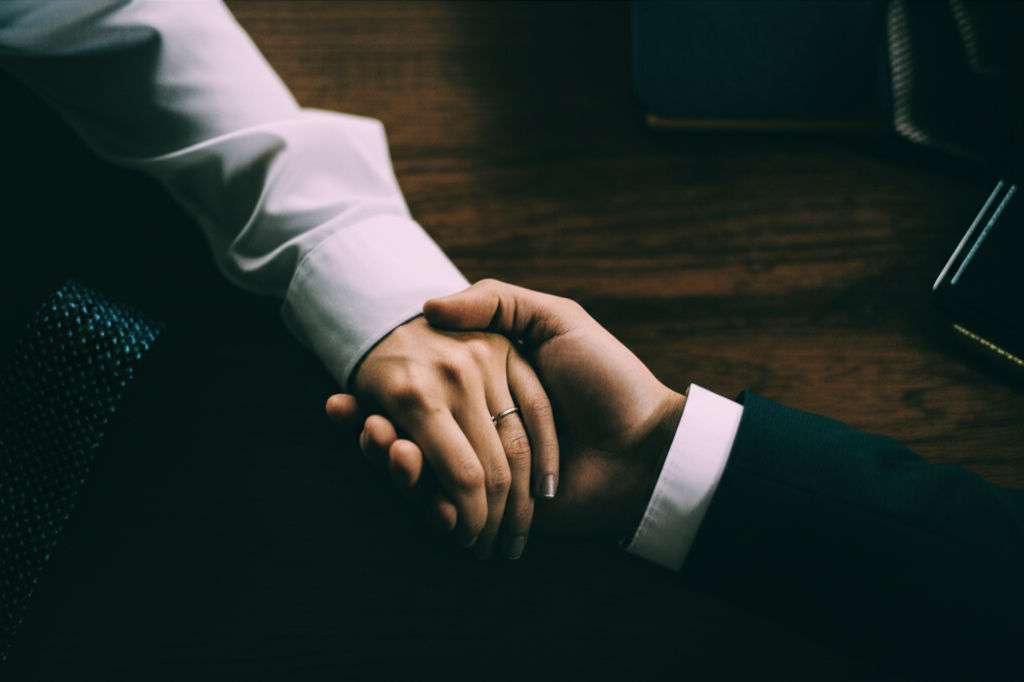
September 10, 2025
How to Style a Risky Business OutfitElevate your office style! Master the "risky business outfit," balancing professionalism with a confident, fashion-forward edge.
Ikhsan Rizki
Economy
View AllUnpack "full employment" beyond zero unemployment. Discover its true meaning, impact on the economy, and how it shapes policy. Master key economic concepts.
Ikhsan Rizki
Decatur, GA on a budget? Learn strategies to find an affordable, quality hotel stay. Enjoy your trip without sacrificing comfort or location!
Ikhsan Rizki
Find comfortable, clean, and affordable economy lodges for your next trip. Our guide helps you discover budget-friendly stays near you!
Ikhsan Rizki
Unlock motivation with the power of token economies! Learn the psychology behind this system to drive positive behavior and achieve goals.
Ikhsan Rizki
Upgrade your long-haul flight! Discover ITA Airways Premium Economy: enhanced comfort, more space, and amenities without the business class price tag. Is it for...
Ikhsan Rizki
Is Singapore Airlines Economy a cut above? Uncover its premium comfort, world-class entertainment, and renowned service in this guide.
Ikhsan Rizki
Education
View AllMaster "Physical Education" in Spanish! This guide covers "Educación Física," "EF," and regional variations like "Gimnasia." Speak confidently!
Read MoreDiscover special education teacher salaries! Learn national averages, key influencing factors, and strategies to boost your income in this rewarding career.
Read MoreUncover the UGA Marine Center in Savannah, GA. Dive into groundbreaking marine research, education, and conservation protecting Georgia's coast.
Read MoreEmpower your child's special education journey. An IEE offers an unbiased second opinion to ensure their needs are truly met.
Read MoreShape the future of education! Explore Director of Education jobs, key responsibilities, and career paths for experienced leaders.
Read MoreUnpack why Democratic AGs are suing the Education Dept. Learn the key issues, from student loans to policy, and their impact on American education.
Read MoreHealth
View All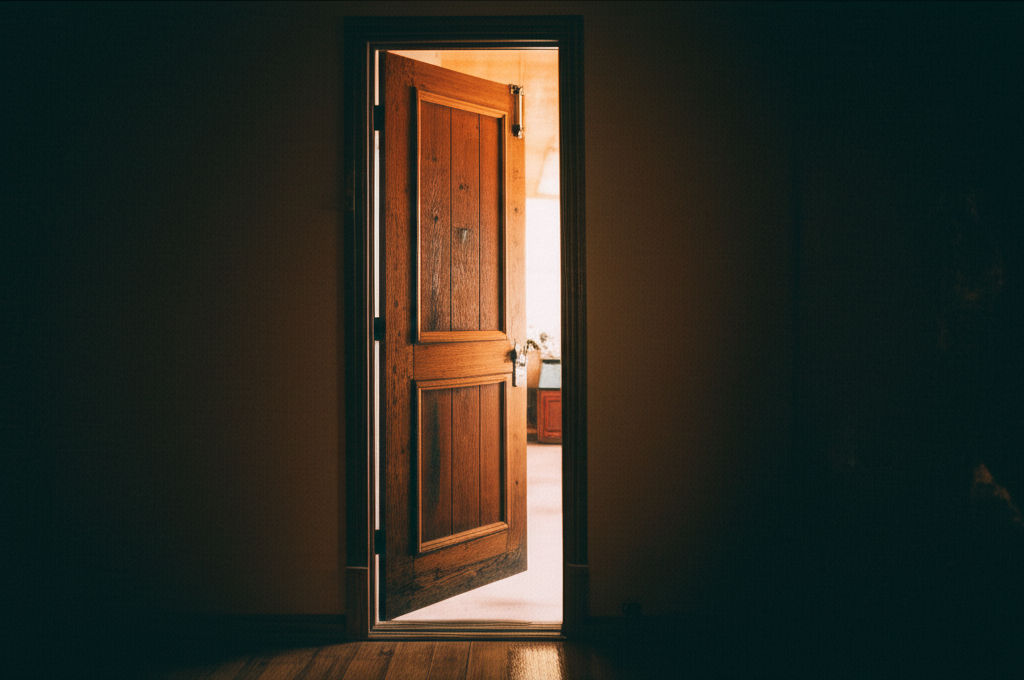
September 24, 2025
Pueblo Community Health ServicesDiscover Pueblo Community Health Services (PCHS): accessible, comprehensive medical, dental, & behavioral health for all in Pueblo. Your guide to quality care.
Ikhsan Rizki

August 24, 2025
LifeStance Health Reviews TodayConsidering LifeStance Health? Get real patient insights. Explore services, reviews, and tips to decide if this mental health platform is right for you.
Ikhsan Rizki

November 6, 2025
Ponce Health Sciences University InfoPonce Health Sciences University (PHSU): A distinguished choice for health education, offering diverse programs, cutting-edge research & community focus.
Ikhsan Rizki
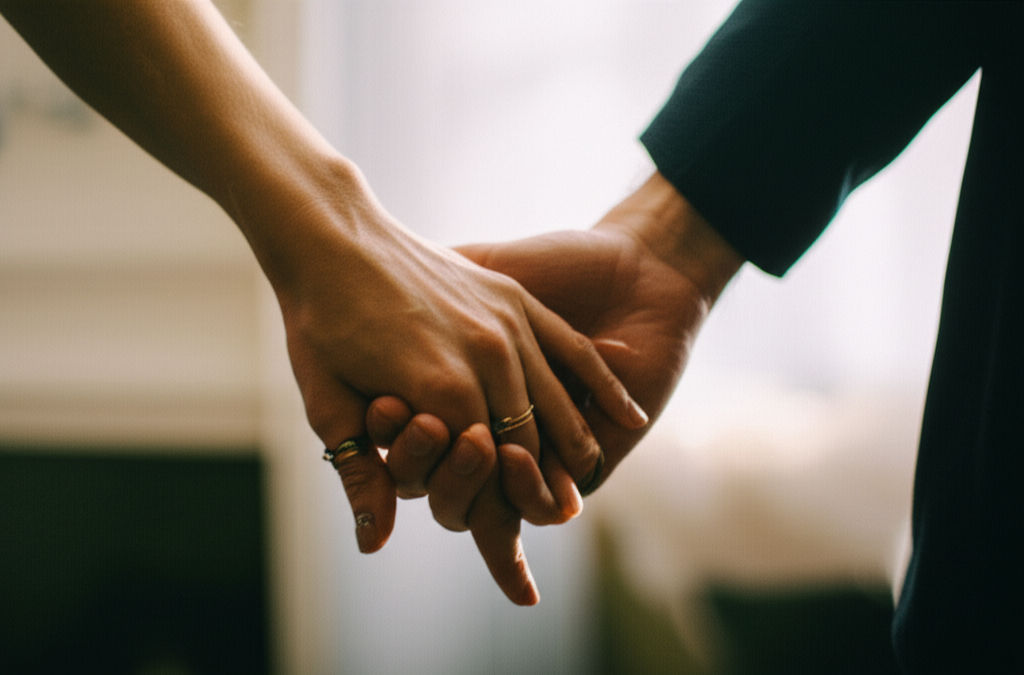
November 29, 2025
San Jose Behavioral ServicesSan Jose behavioral services: Your guide to mental wellness in Silicon Valley. Find local support & thrive amidst life's pressures.
Ikhsan Rizki
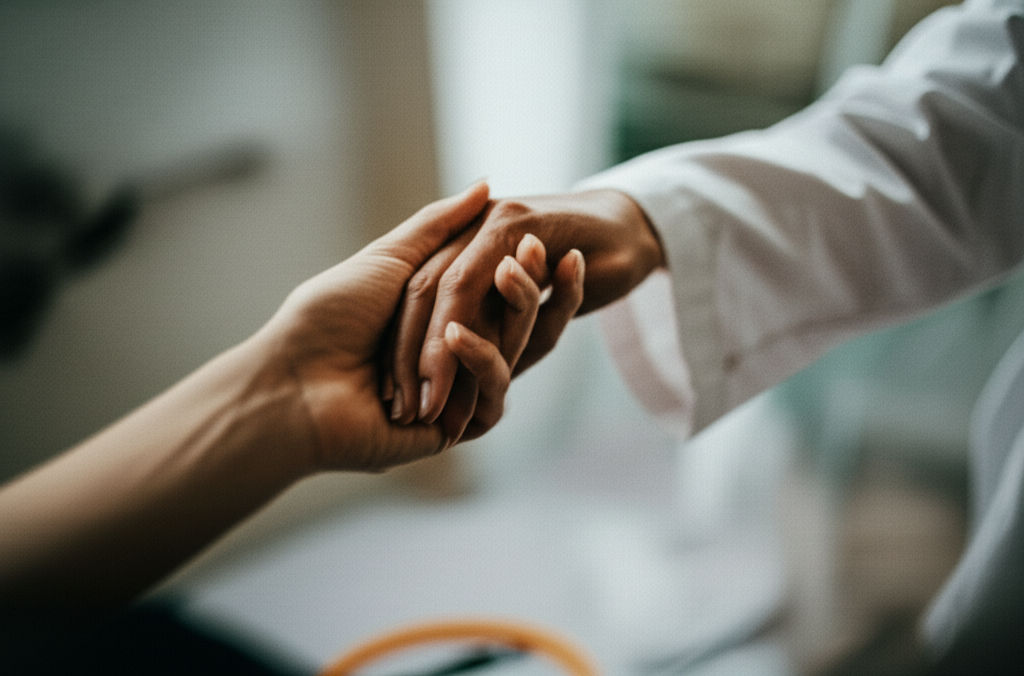
October 26, 2025
Follow My Health Northwell Login TipsGet seamless access to your Follow My Health Northwell patient portal. Our guide offers tips to resolve login issues and manage your health records with ease.
Ikhsan Rizki

August 24, 2025
Top 25 Health Science Jobs for 2025Unlock your future! Discover the top 25 in-demand health science jobs for 2025. Find a fulfilling and stable career in healthcare.
Ikhsan Rizki
Popular Articles
View All
1
2
3
4
5
6
7
8
9
10
Lifestyle
View All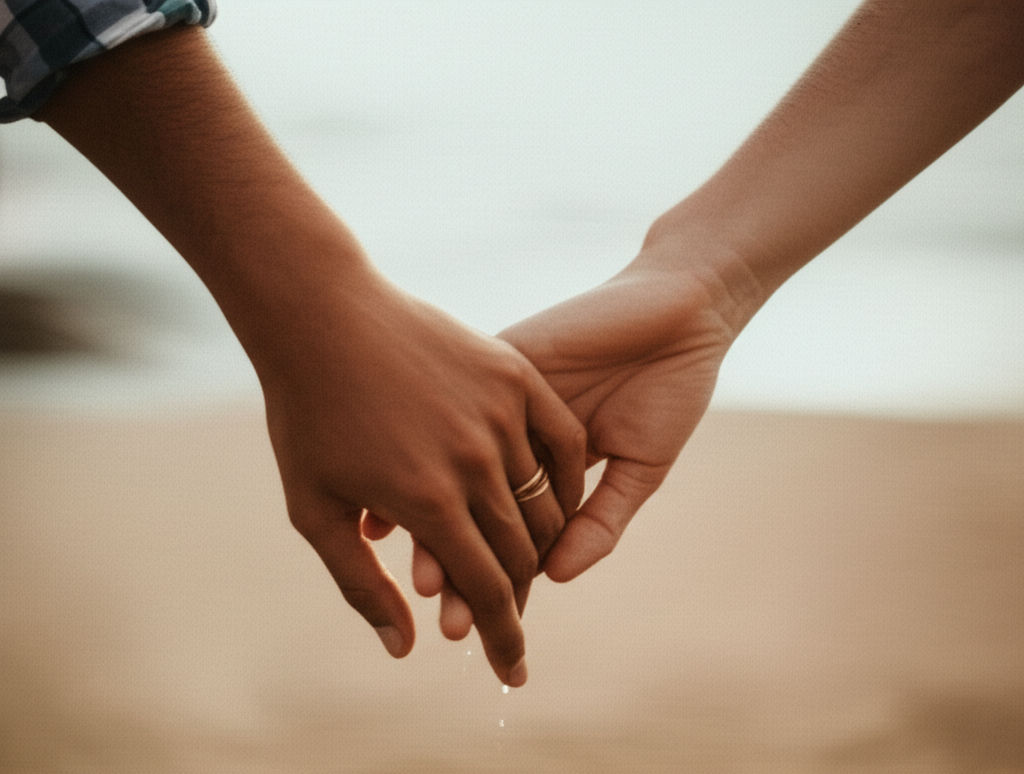
November 2, 2025
What is HM Lifestyle on your credit card
Mysterious "HM Lifestyle" charge on your card? Unravel what it means, from H&M purchases to potential fraud, and how to investigate.

September 18, 2025
Life With a Five Million Dollar Net Worth
Ever wonder what life with $5M net worth is *really* like? Uncover the true realities, responsibilities, and financial freedom beyond the luxury.
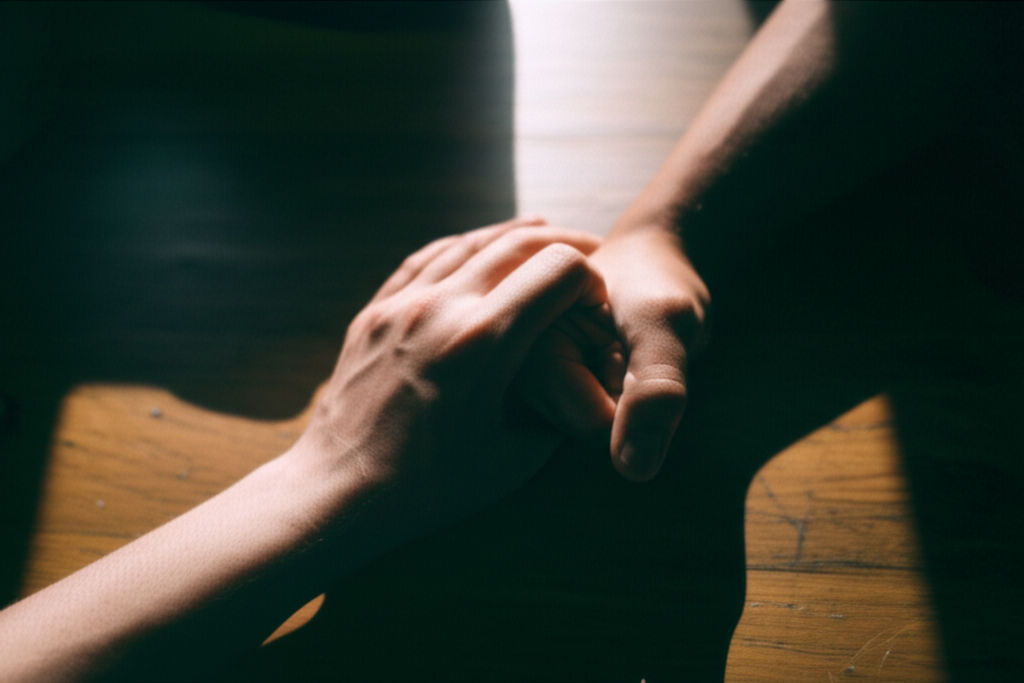
November 24, 2025
Inside Red Monkey Lifestyle Brand
Red Monkey Lifestyle Brand: Authentic rock & roll style handcrafted in America. Unique, vintage-inspired accessories for those who stand out.

October 1, 2025
The Passage Hotel Is a Must Stay
The Passage Hotel Basel: Your must-stay destination for luxury, comfort, and an unbeatable city center location. Unforgettable travel awaits!

August 13, 2025
Manchester Adult Lifestyle Overview
Unlock your best life in Manchester! This guide covers top neighborhoods, career insights, leisure, and community to help you thrive in this vibrant city.

October 8, 2025
Bose Model 5 Music System
Explore the Bose Model 5 Music System. Get immersive, room-filling sound from a sleek, compact home audio solution. Rediscover your music!
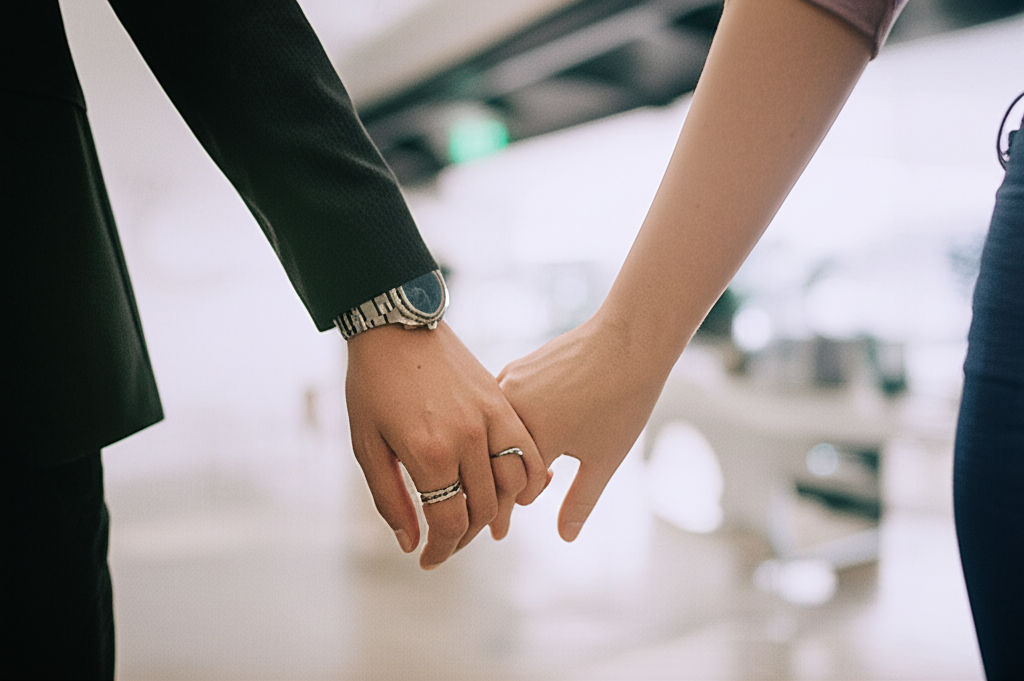
November 8, 2025
Inside the world of Lifestyle Inc
Explore "Lifestyle Inc," the vast ecosystem shaping modern life. Understand its influence, make mindful choices, and take control of your well-being.
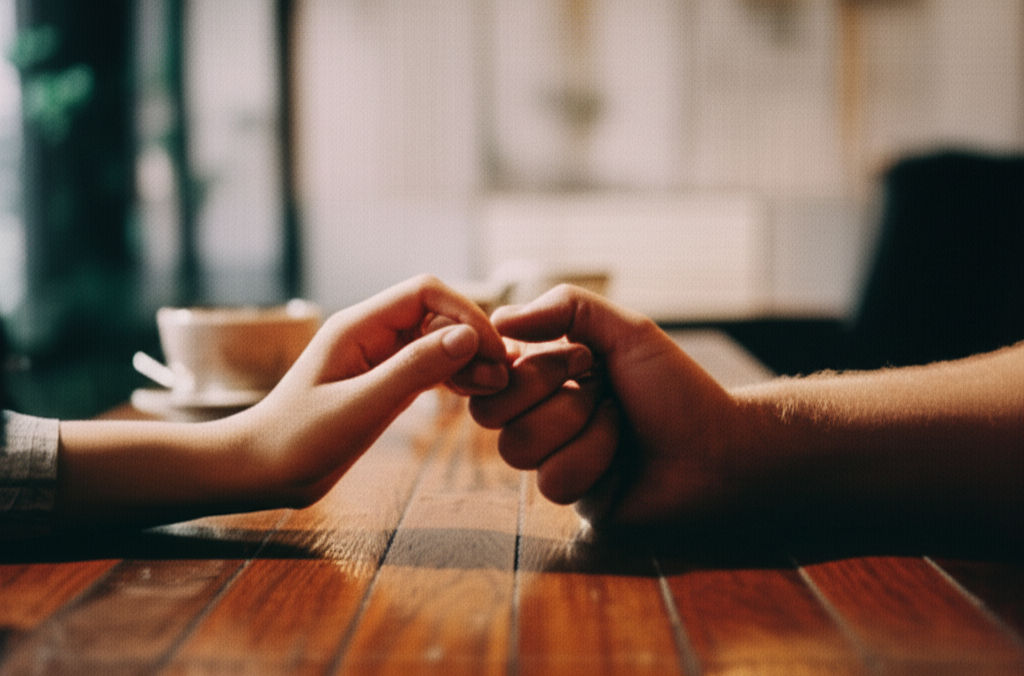
November 18, 2025
Are Lifestyles Prices Worth It
Are your lifestyle choices worth the cost? Decode "lifestyle prices" to ensure you're getting true value from your spending.
Sports

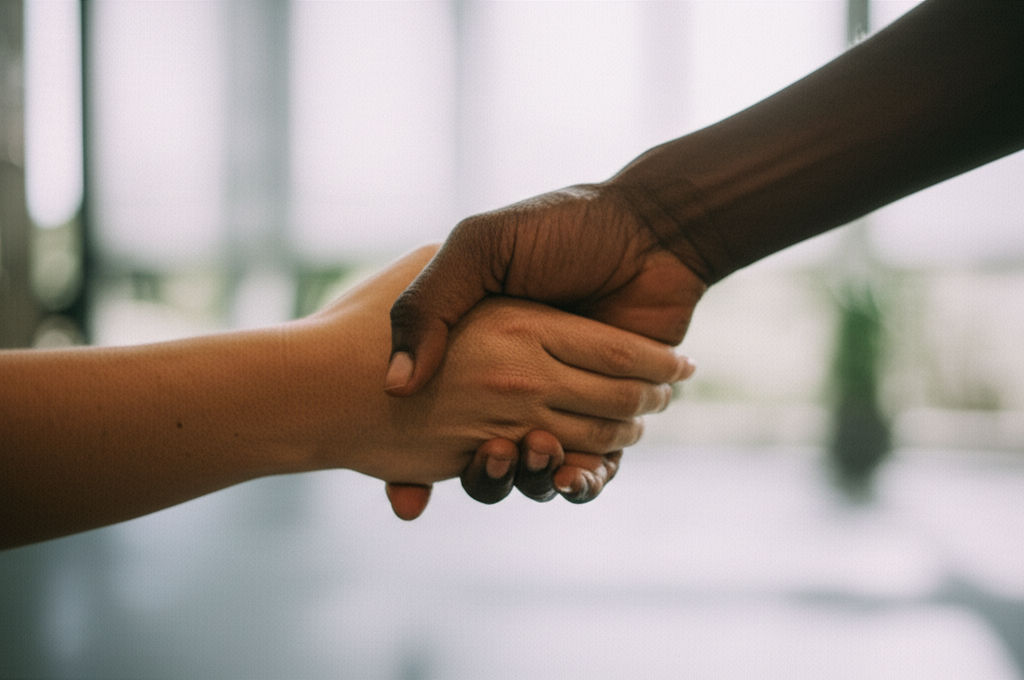
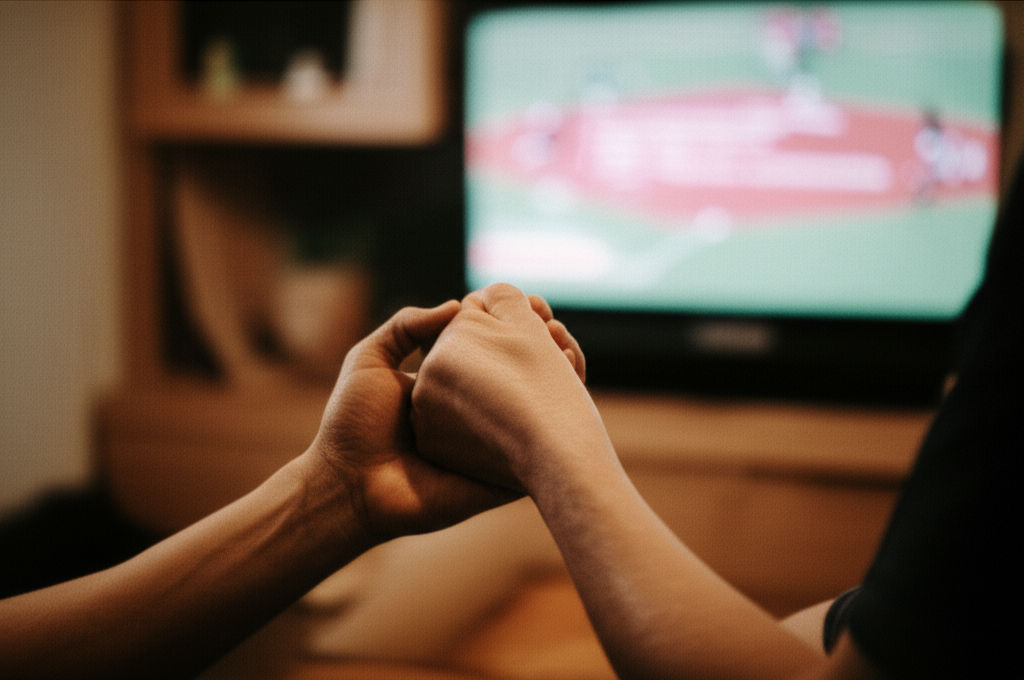


Travel
View All
October 31, 2025
Tex Best Travel Center Roadside Stop
Find the perfect pit stop in Texas! Tex Best Travel Center offers clean restrooms, diverse fuel, and food to redefine your road trip experience.
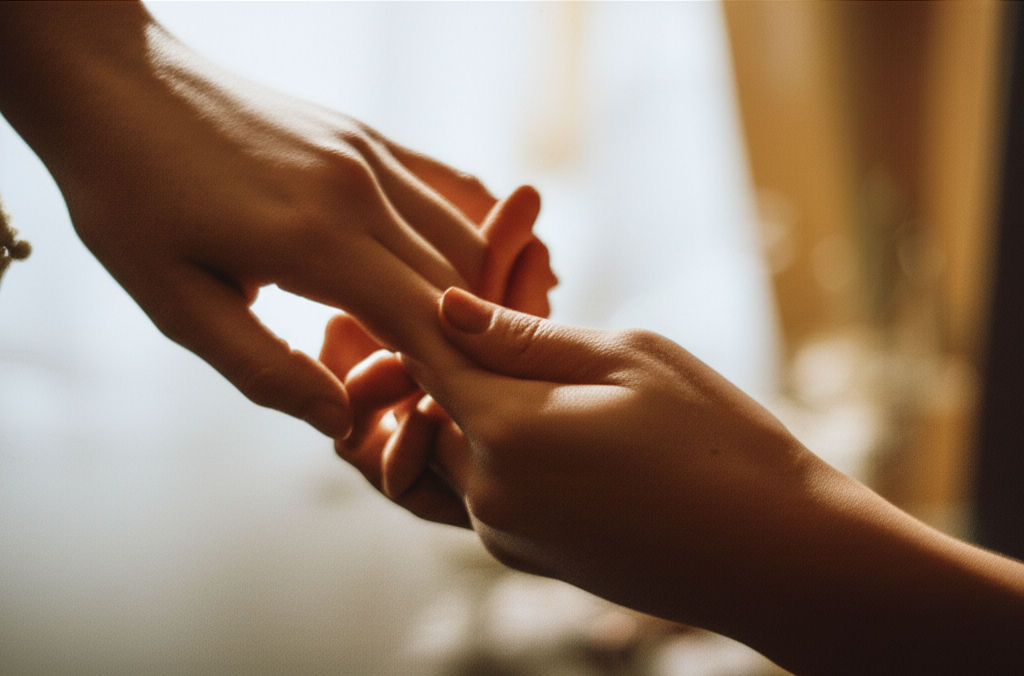
October 4, 2025
EOS Vanilla Cashmere Hand Cream Travel Size
Banish dry travel hands! Get soft, hydrated skin on the go with EOS Vanilla Cashmere Hand Cream Travel Size. Your compact hydration secret.

September 27, 2025
Prayer for Safe Travel
Find peace and protection for your journey. Discover how a powerful prayer for safe travel can reduce anxiety and bring divine peace of mind.
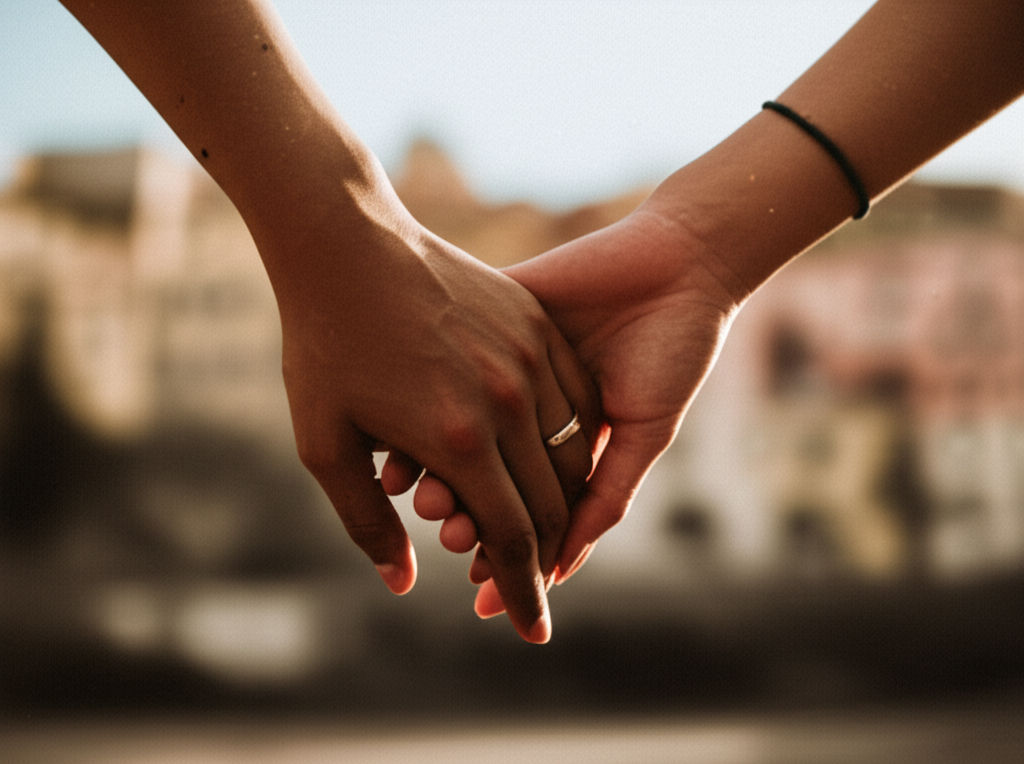
August 5, 2025
Direct Line travel insurance
Direct Line travel insurance: No new policies. Existing customer? This guide helps you manage your policy, understand coverage, & navigate claims.
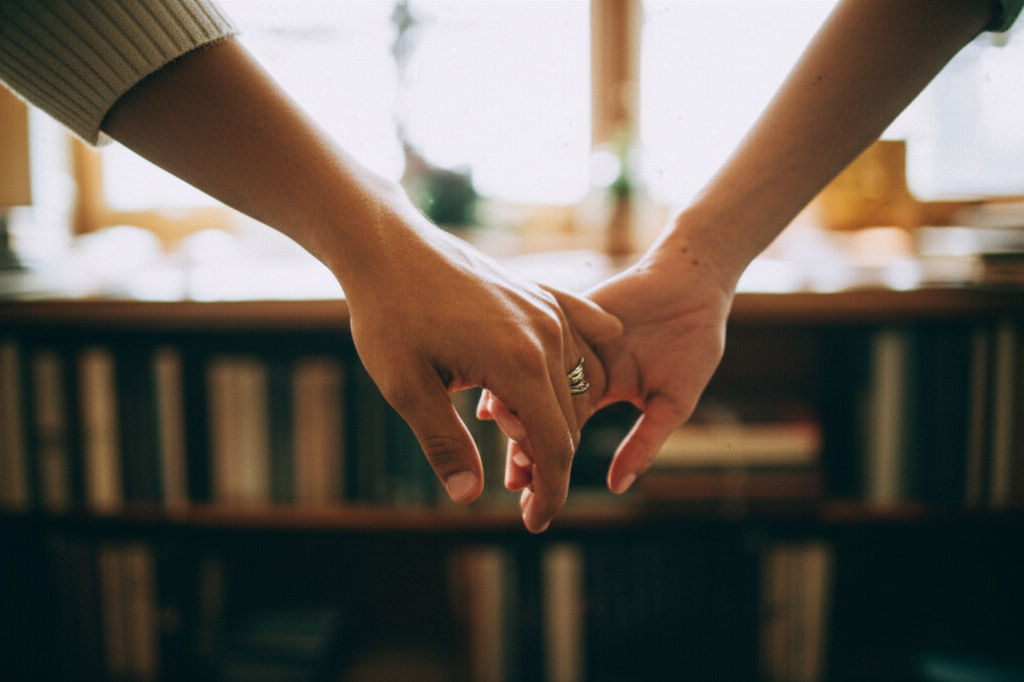
October 4, 2025
Fellow Travelers Book on Love and Politics
Discover Thomas Mallon's "Fellow Travelers," a poignant novel masterfully intertwining forbidden love with McCarthy-era political paranoia.
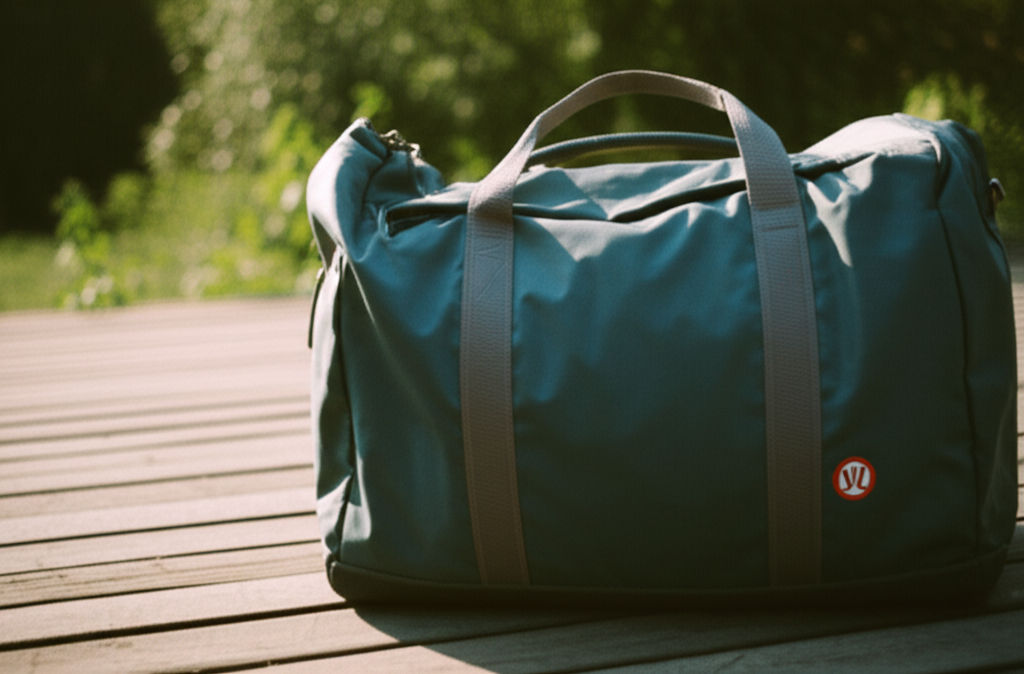
November 7, 2025
Lululemon Travel Bag for Active Lifestyles
Elevate your active travel! Find the ultimate Lululemon bag for seamless organization, durability, and style on all your adventures.


